This is the third film of Charlie Chaplin’s career, and it hit screens on February 9th, 1914. If you’ve been following along, you know that is exactly seven day after his film debut, on February 2nd. That’s right, he had three movies come out within the span of a week! That’s unimaginable today, but it was the norm in that era of filmmaking.
Mabel’s Strange Predicament is the third of three Charlie Chaplin films I’ve watched in a row. It’s also the third Charlie Chaplin movie I’ve ever seen. That’s right. Somehow, despite being a lifelong film fanatic, I’d never seen any of Chaplin’s films. Before you start lobbing rotten tomatoes at me, let me offer an explanation. The first silent films I watched were those of Buster Keaton. I cinema down the street from my college played four Buster Keaton films a week— two shorts and two features— for a month. I’d never had the opportunity to watch a silent film before that time, but after seeing 16 of Keaton’s films, I was enthralled. I went to the local video store and rented a few tapes. One I mentioned in an earlier podcast contained a number of early films, including A Trip to the Moon and The Great Train Robbery, among others. Another was the early vampire classic Nosferatu. The third was Keaton’s Steamboat Bill Jr., which I’d just seen, and wanted to show to a friend so he would also see how incredible silent films were.
When we watched Steamboat Bill Jr., it fell flat. It was nothing like what I’d experienced in the theater. Of course, in the theater there was a guy playing a giant Wurlitzer organ, with which the soundtrack on the tape could not compete, but the main problem was the size of the image. What had been colossal on the cinema screen was tiny at home. All of Keaton’s facial expressions were lost, and his movements seemed mundane. Nothing about the film worked on a television, and we ended up turning it off less than halfway through the film. When I later watched Nosferatu, alone as my friend had already dismissed silents as hokey and boring, I found it interesting, but not particularly gripping, and ended up wondering how much grander it would have been if seen in a theater.
All of this leads up to the reason I’ve never seen a Chaplin film. After that day, I gave up on the idea of watching silent films at home, and instead waited to catch them on a big screen when I could, which, sadly, was not often. I have had the chance to watch quite a few in that setting, and in recent years I have acquired a fair amount of silent films on Blu-ray and DVD, but never happened across any of Chaplin’s films. Now, of course, because of the project on which I’ve embarked I’m watching most of these films on a television at home, but at least it’s far larger than the one I had in my college apartment way back when.
So now that I’ve finally seen him in three short films, what do I make of Chaplin? The best I can say at this point is that I’d like to see his films in a theater. I’m non-plussed to this point, and wonder how much is due to Chaplin himself, and how is due to the way I’m watching him. Granted, these have been his first three appearances on film, and he will almost certainly be better in later films, once he’s more experienced, so for now the jury, i.e. me, is out on him.
Mabel, on the other hand, steals the show here. She is both star and director of the film. Her predicament is that she’s been locked out of her hotel room, and is stuck in the hallway wearing only pajamas. The scandal! She is downright adorable throughout this film, whether early on when she’s playing catch with her dog, who is later responsible for her titular predicament, or when she’s hiding under a bed, trying to maintain her dignity. Chaplin, in his second outing as The Tramp, though billed here as The Drunk, is okay, but no different from any of the other drunks, tramps, or villains I’ve seen so far. He harasses Mabel, and is suitably lecherous, but if I didn’t know he was going to go on to greatness later, I’d not have noticed him as anything special, as opposed to, say, D.W. Griffith, who displayed obvious mastery as a director, even in his early, formulaic short films. Nonetheless, I’m very eager to see more of Chaplin, if only at this point because of his reputation.
As I don’t own a copy of this film, I watched on YouTube. I’ve shared the link below, in case you’d like to watch, too.
Next I’m watching: Tess of the Storm Country [1914], directed by Edwin S. Porter.





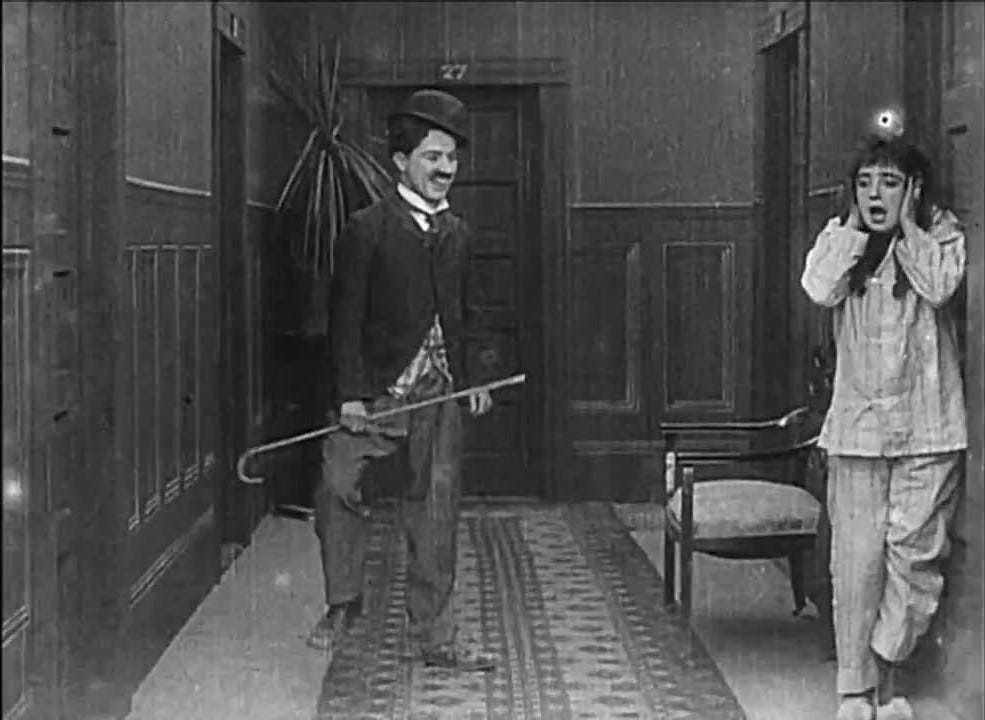

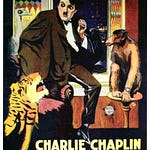
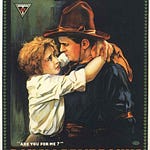
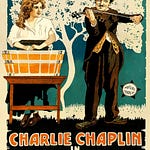

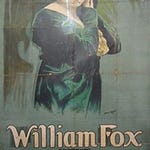
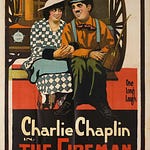

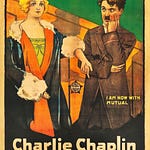
Share this post